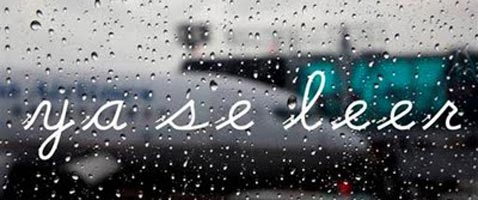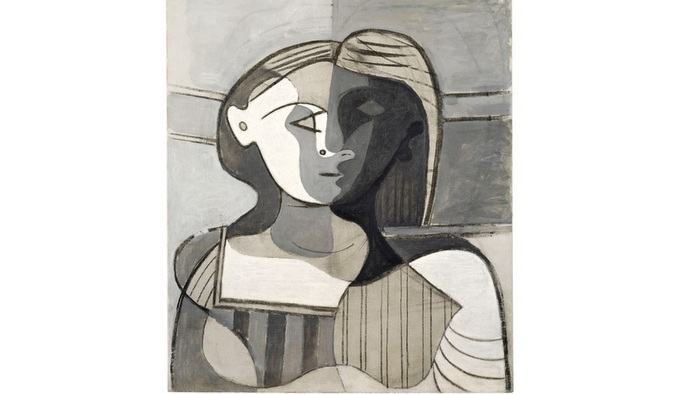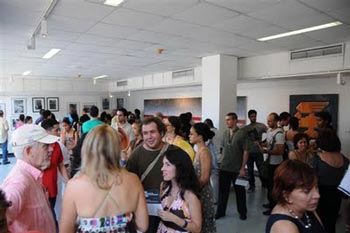
Havana: “Wifredo Lam” Contemporary Art Center and “Ruben Martinez Villena” Library, will be sharing, through May 28, Ya se leer (I can already read) collective exhibition, including some 150 works made by Latin American artists who used different writing resources.
With curatorship and museography by Elvia Rosa Castro, Ibis Hernandez Abascal, Margarita Sanchez Prieto and Sandra Contreras, the exhibition, subtitled Imagen y texto en el arte latinoamericano (Image and text in Latin American art), includes works created by artists from Argentina, Mexico, Costa Rica, Puerto Rico, Martinica, Colombia, Brazil, Paraguay, Uruguay, Chile, and it counts on works from collections of Casa de las Americas and the National Museum of Fine Arts.
Some names standout among the authors, such as Luis Camnitzer, Leon Ferrari, Liliana Porter, Dolores Caceres, Jose Bedia, Alfredo Sosabravo, Rene Francisco Rodriguez, Fayad Jamís, Ernesto Leal, Luis Gomez, Arturo Cuenca, Chago Armada, Sandra Ceballos, Sandra Ramos, Carlos Garaicoa, Umberto Peña, Santiago Rodriguez Olazabal, Lazaro Saavedra, and others up to 90.
The selection –which includes from the mid 20th century to the present days–, admits of different interpretations, all of them considering that the art critic work is boosted from the intrinsic values of spelling, el calygram, the strength and the meanings of written word.
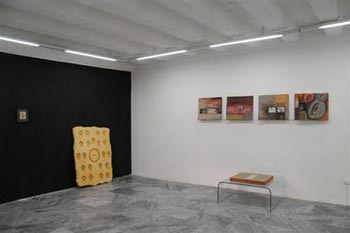 Its author, Elvia Rosa Castro, has affirmed that the works “form an alliance with conceptualist, neo and post-conceptualist trends; some with neo-concrete vocation; visual poetry, as well as those including certain data with anthropological effort. The document is also contained. Besides, some works are kind of decorative and sweet, and some others disregard the ornament and the purpose of first-sight liking”.
Its author, Elvia Rosa Castro, has affirmed that the works “form an alliance with conceptualist, neo and post-conceptualist trends; some with neo-concrete vocation; visual poetry, as well as those including certain data with anthropological effort. The document is also contained. Besides, some works are kind of decorative and sweet, and some others disregard the ornament and the purpose of first-sight liking”.
She has explained that the selection “was ruled by the presence of textual fundamentalism as distinctive feature in the works of each artist or an important period of their careers and, to mention this fact and to get a potable, measurable and possible display, we started with the ‘pioneers’ of Latin American conceptualism, which doesn’t coincide with Cuban conceptualism in time, and carried out a historical-archaeological journey from the 1960s in the insular case that, covering other discursive ways related to pop, did appealed to the text as sense giver. Such as the cases of Raul Martinez’s work from that decade, for instance, or Alfredo Sosabravo’s and Fayad Jamis’s. It also happened and happens with other countries where artists weren’t necessarily affiliated to the conceptualist aspect and used the text. This resource has been singularly and contextually expressed even in the core of the continent. Irregular and no lineal at all. This has been one of the handicaps in the expo if we watch it from a quantitative viewpoint, as when establishing guidelines for text utilization without discriminating trends or speech, it has become into a mega phenomenon and a quasi biennial”.
Matching these criteria, the author prepares, for the reading of this visual works exhibition, “a possible guide derived from the studied carried out […]: Text as verbal supplement, title or record (Bedia, Carlos Rodriguez Cardenas, Olazabal); text as structural base (Ferrari, Clemente Padín, Tonel, Paz Carvajal). This is the most abundant element; text as sense giver (Camnitzer, Liliana Porter, Carlos Montes de Oca); text as ready text (basically documental photography); text as non text (Ernesto Leal, Voluspa Jarpa, Eduardo Ponjuan, Irving Vera)”.
* The quoted excerpts belong to the catalogue’s text: “Lineas escritas con temor”.
Related Publications

Leo Pum presents HYPER LIKE at HYPER HOUSE
December 18, 2025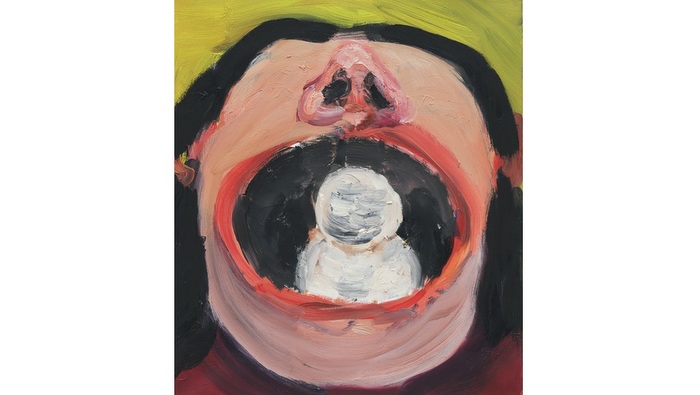
Aargauer Kunsthaus. Klodin Erb. Curtain falls dog calls
December 17, 2025

